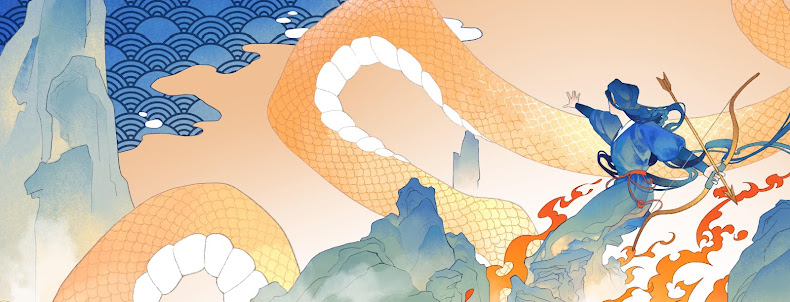Vol. 2 covers the period from the
establishment of the Nationalist Party under Sun Yat-sen’s leadership in 1912,
through the brief Yuan Shikai autocratic reign, then the Warlords Era, the
Japanese invasion and occupation of China, right up to the establishment of the
People’s Republic of China in 1949.
Having gone through annihilating tumults
of the 1800s that various foreign powers incited to gain control over Chinese
territories and reap economic concessions, by 1912, China was already a very
sick nation with deep internal wounds. European aggression showed brief signs
of let-up with the outbreak of First World War, but Japan and Russia
immediately jumped at the chance to encroach on Chinese territories and seize other
privileges. After declaring war on Germany, Japan seized the moment to impose
its so-called “Twenty-One Demands” (i.e. territorial and economic concessions)
on China.
Yuan Shikai was never a believer in Sun
Yat-sen’s Three Principles of the People (i.e. democracy) and was always
looking for a chance to become the emperor, even at the cost of selling out to
Japan. When his schemes were debunked, other factions rose against him. Thus
began the Warlords Era which lasted until the establishment of the Communist
Party in 1920 and beyond.
In 1919, at the Paris Peace Conference,
the major Allied Powers approved the transfer of Germany’s concessions in
Shandong Province to Japan instead of reverting them back to China, and this
ignited the nationalist and anti-imperialist May Fourth student movement, which
demanded the government to abstain from signing the Paris Treaty and to refute
Japan’s Twenty-One Demands.
From 1925, the year Sun died from sickness,
China became the battlefield between Chiang Kai-shek’s Nationalist Party and
Mao Tse-tung’s Communist Party and the remnant warlords. Chiang was repeatedly
criticized for his dictatorial ways within his own Party, while Mao firmly
believed that using armed force was the only solution to end his contest with Chiang.
In 1937, Japan, who had already seized and
occupied Manchuria in 1932 and had tried to take over five northern Chinese
provinces, started an all-out war with China (known as the Second Sino-Japanese
War) in Shanghai and Nanjing, using some flimsy excuse. In December that year, Japanese
soldiers subjected Nanjing to a brutal massacre and mass rape for six days.
This bloody war lasted until Japan was defeated by the Allied Forces in 1945.
Meanwhile, Russia was eyeing Outer Mongolia and Xinjiang, and sought to continue
its influence on the Communist Party.
After this war, China was again plunged
into civil war until the Communist Party finally won out in 1949 and set up the
People’s Republic of China, forcing Chiang and his Nationalist Party to flee to
Taiwan. Unfortunately, both Mao and Chiang imposed despotic rule and inflicted more sufferings on those under their rule.
These two Volumes of Modern China history
are a result of painstaking research by the author, which was supported, apart
from Chinese-language sources, by research materials found at the University of
Hawaii East-West Centre, Harvard University East Asia Centre and Columbia
University East Asian National Resource Center. But the author has also stated
that the books are not an academician’s work and are meant for a general
readership.
Both volumes chronicle a mind-boggling
amount of historical account minutiae. They have helped me understand a lot
better Modern China's history. I’m glad that I’ve read the books. This Volume warrants 4.5 stars.

No comments:
Post a Comment